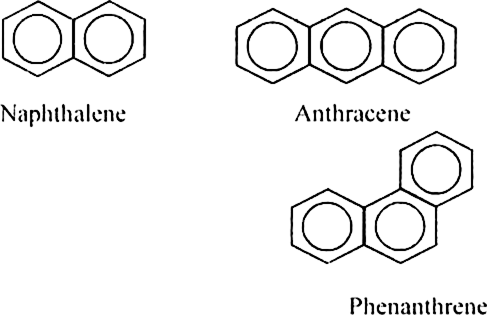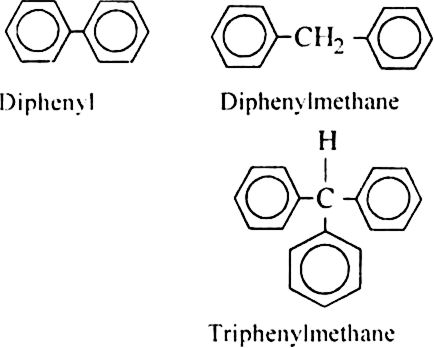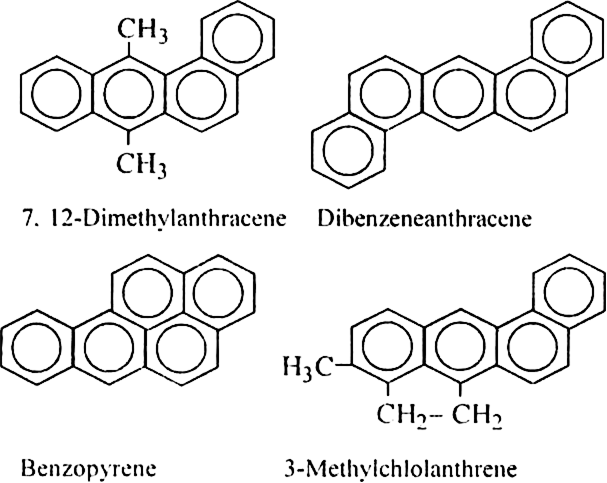 Long Answer Type
Long Answer Type Short Answer Type
Short Answer TypeOut of benzene, m-dinitrobenzene and toluene which will undergo nitration most easily and why?
How will you explain the directive influence of alkyl group (in the case of toluene)?
Arrange the following set of compounds in order of their decreasing relative reactivity with an electrophile E+:
(a) Chlorobenzene; 2, 4-dinitrochlorobenzene, p- nitro chlorobenzene
 Long Answer Type
Long Answer TypeWhat are polynuclear hydrocarbons? Discuss the toxicity of polynuclear hydrocarbons.



 Short Answer Type
Short Answer Type Long Answer Type
Long Answer TypeDiscuss measures for the control of pollution problems with special reference to the use of C.N.G.
